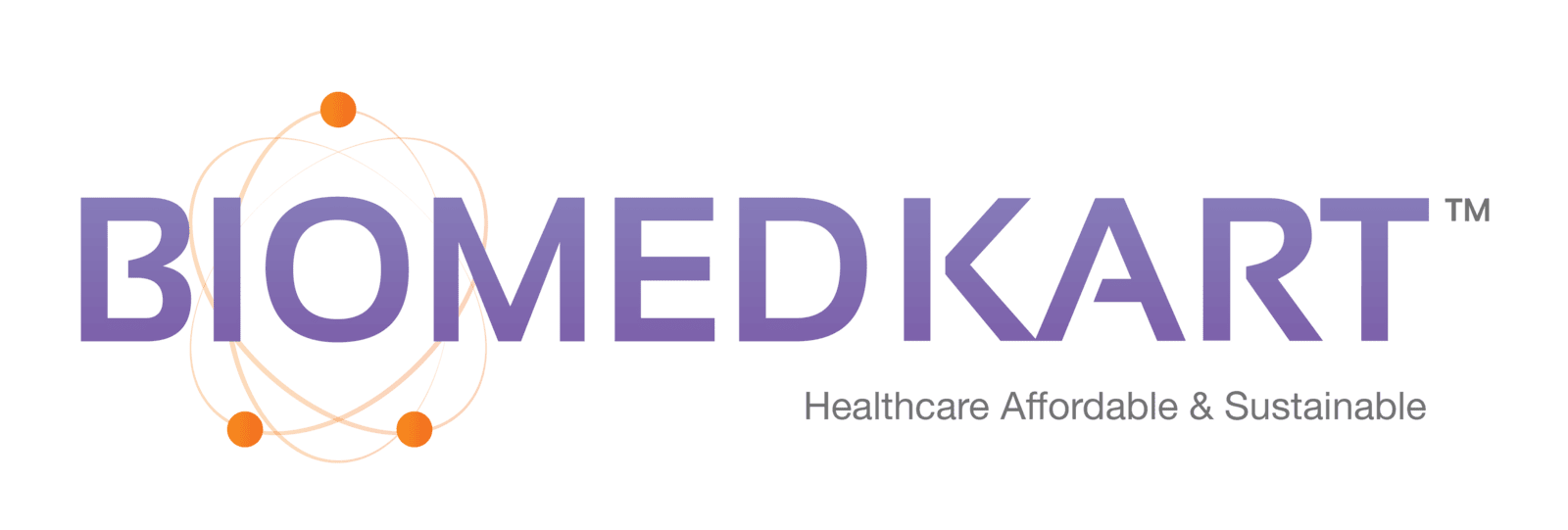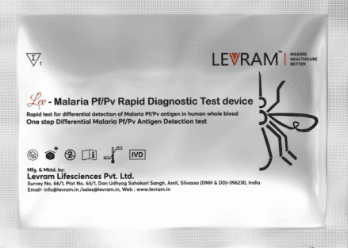- Home
- Categories
- Diagnostics
- Specialty Clinics
- Nursing Homes- General Clinics
- Smart Clinics
- Chest Clinics- Cardiologist
- Dental Clinics- Dentist
- Physiotherapy Clinics-Ortho
- Eye Clinics-Ophthalmology
- Lung Clinics - Pulmonology
- Nerve Clinics-Neurologists
- Dialysis Centres-Neprologist
- GastroClinics-Gastroenterologists
- Women Clinic-Gynecologists
- Diabetic Clinic-Endrocrinelogist
- More
- Hospitals
- Emergency Department (ED)
- Cardiology
- Neurology
- Pediatrics
- Obstetrics and Gynecology
- Oncology
- Orthopedics
- General Surgery
- Urology
- Dermatology
- Gastroenterology
- Nephrology
- Pulmonology
- Psychiatry
- Endocrinology
- Rheumatology
- Anesthesiology
- Intensive Care Unit (ICU)
- Infectious Diseases
- Ophthalmology
- ENT (Otorhinolaryngology)
- Physical Medicine and Rehab
- Hospital Furniture
- Biomedical Spares & Consumables
- Healthcare Software
- Allied services
- Allied Products
- Medical Colleges
- Blood Banks
- R&D Institutes
- Old Age Homes
- Healthcare & Trusts
- Veterinary Clinics
- About Us
- KYC
- Blog
- Hospitals






















































